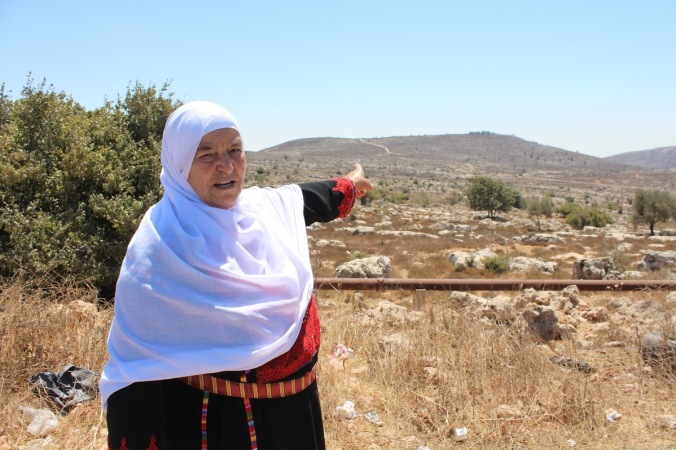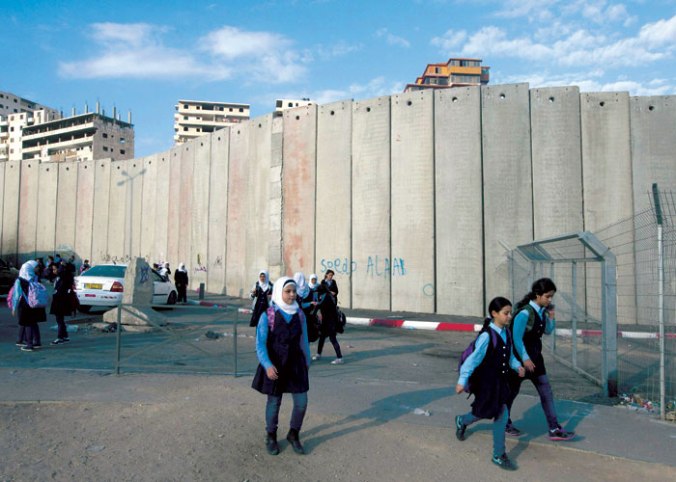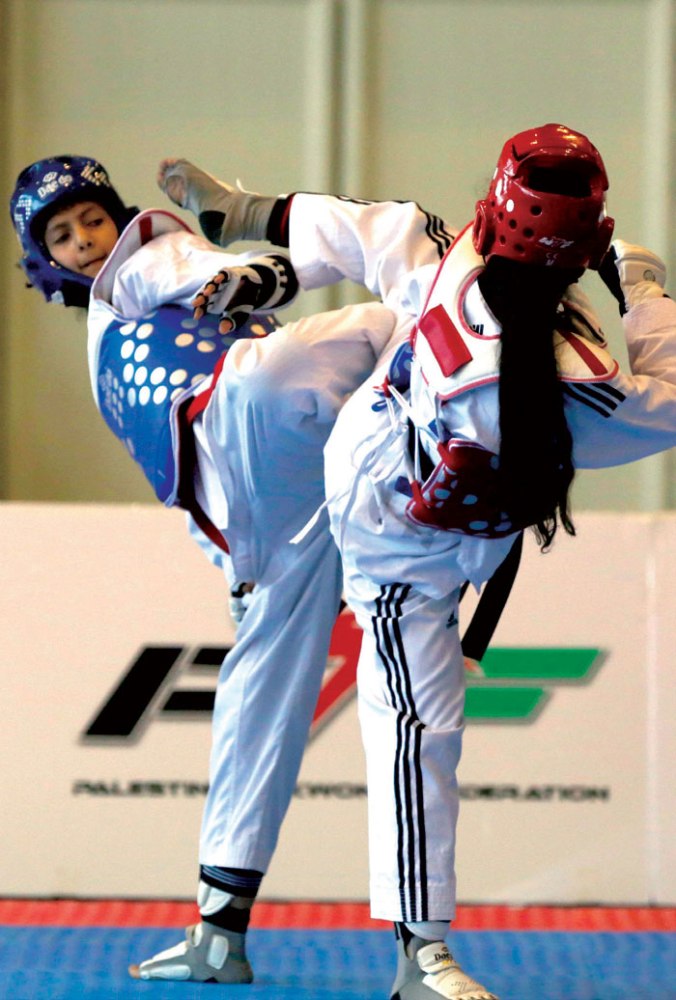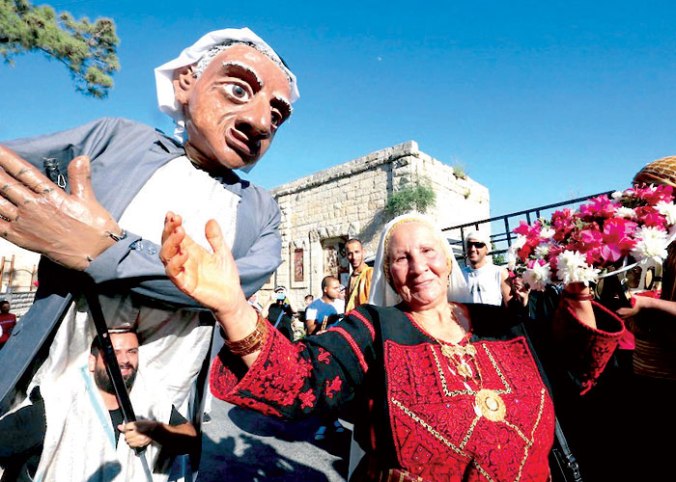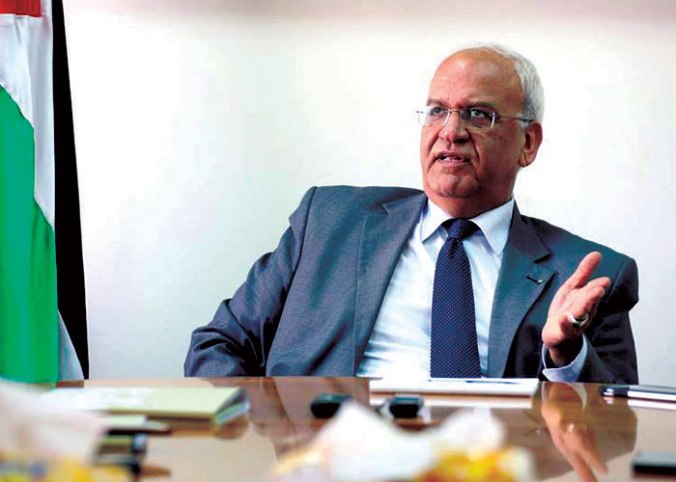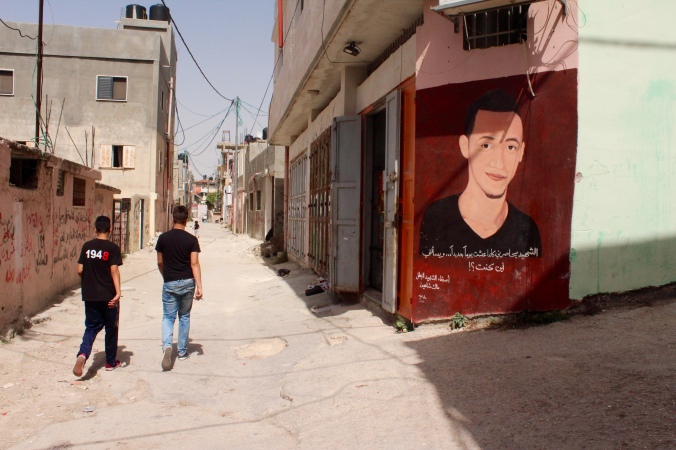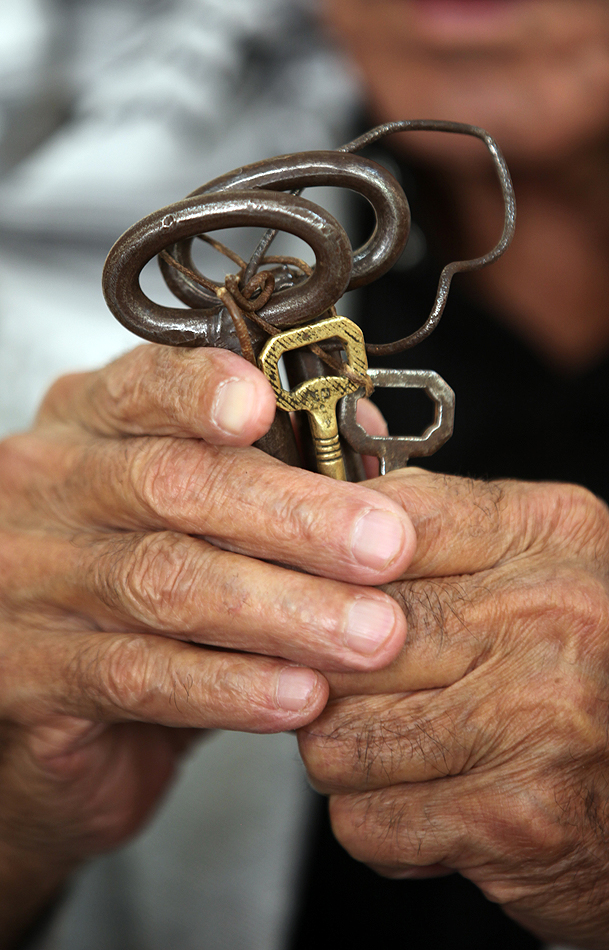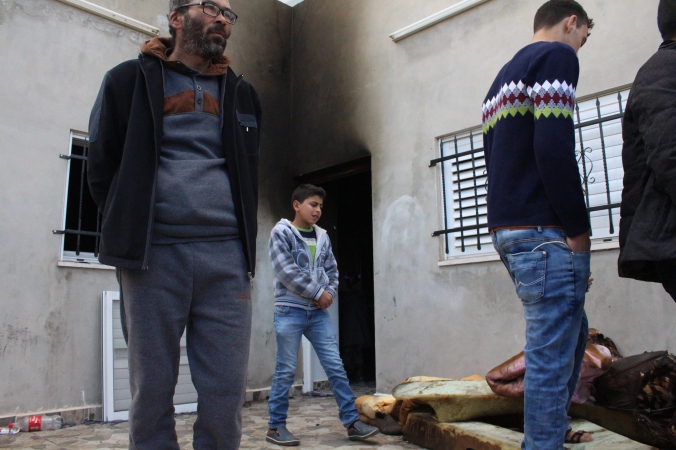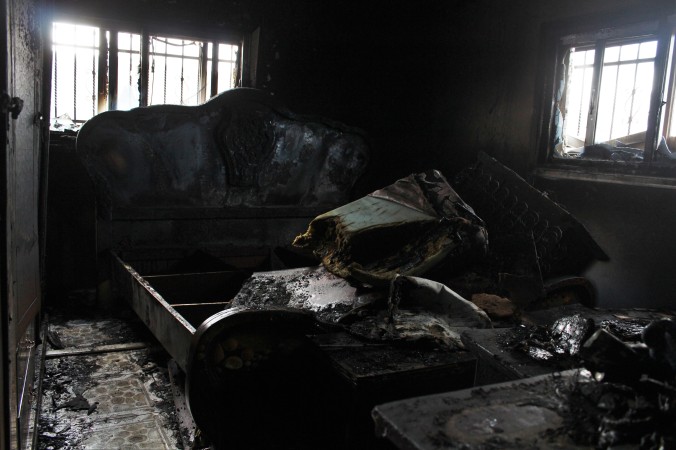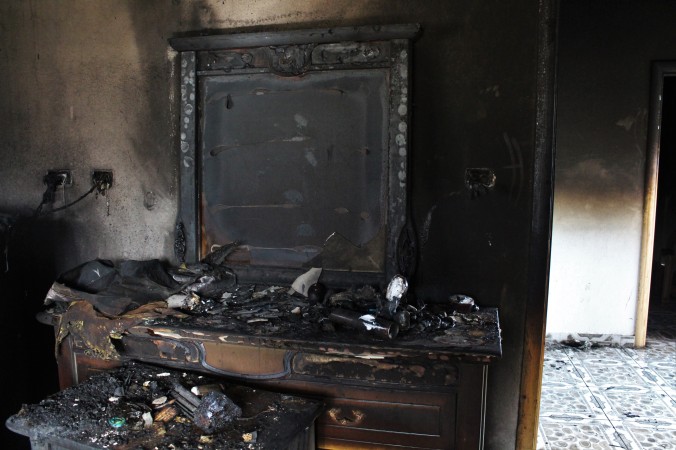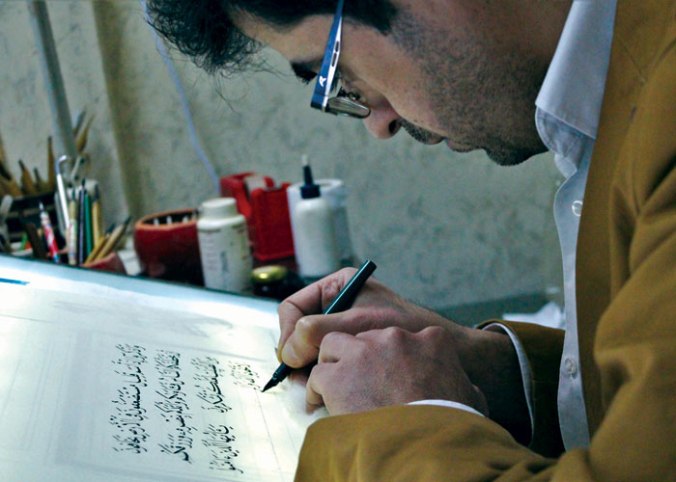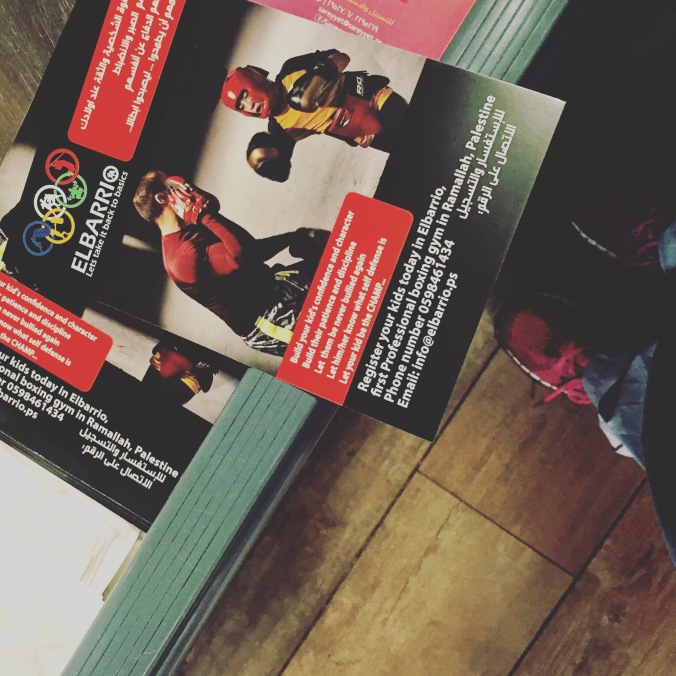
Many young Palestinians are choosing entrepreneurship because their education, often vocational, empowers them with the knowledge and skills to start a business, deal with a constricted labour market or achieve a personal goal (Credit: Malak Hasan)
Ramallah – A hashtag and a letter from the Palestinian territories have been trending on social media but they did not call on the world to lift any siege, end a gruelling war or boycott Israeli settlements’ products, as is often the case.
The hashtag #paypal4palestine demanded the world’s best-known online payment company extend its services to Palestinians in the occupied territories. Those Palestinians do not have access to the same service that Israeli settlers in illegal West Bank settlements use.
Along with a lengthy letter signed by more than 40 organisations and companies, including start-ups in the West Bank and the Gaza Strip, the hashtag drew attention to a new reality being shaped in a place often seen only as a war zone and as probably one of the least healthy environments for aspiring entrepreneurs.
The Palestinian territories continue to suffer from many socioeconomic, demographic, and geopolitical obstacles and are plagued with an economy dependent on and controlled by Israel and donor countries. Yet a growing number of Palestinians have been investing their money, effort and time in start-up companies.
Sam Bahour, a Palestinian-American management consultant in Ramallah, said more Palestinian young people are investing money and efforts in start-ups because, although there is a higher risk, there is the chance for higher returns.
After the return of the Palestinian Liberation Organisation (PLO) and the establishment of the interim Palestinian Authority (PA) in 1994, tens of thousands of Palestinians found the safety of public jobs too tempting, hindering opportunities to develop a system that favours the culture of entrepreneurship in the territories.
“People look for stability in times of crisis and, until now, although not an enabling environment or having decent salaries, the PA did provide steady income and job security,” Bahour said.
However, he said the drop in donor support to the Palestinian Authority, rising prices and changing lifestyles have encouraged more youth to look for better opportunities, including entrepreneurship.
According to the Palestinian Central Bureau of Statistics, unemployment rates reached 29.1% in the West Bank and the Gaza Strip in 2015. A bureau report said there were 337,000 Palestinians without jobs, with the highest unemployment rate in the 20-24 age group.
Mahmoud Tafesh, chief operating officer of start-up 5Qhqh, an online platform and social media website that allows users to share humorous Arabic content from external sources, said: “After I graduated from university, I realised that it is extremely hard to find a job. I wanted to be independent and be my own boss.”
Tafesh said launching the company and leaving his regular job were scary moves at first. Having the support of Gaza Sky Geeks, the first start-up accelerator in Gaza, founded in 2011, made all the difference, he said, and 5Qhqh is playing a crucial role in the region’s development by creating new jobs.
The Ramallah-based Arab World for Research and Development (AWRAD) firm noted that many young Palestinians are choosing entrepreneurship because their education, often vocational, empowers them with the knowledge and skills to start a business, deal with a constricted labour market or achieve a personal goal.
Mohammed Kilany, a 34-year-old serial entrepreneur from Ramallah and founder of SnapGoal, an application that allows users to watch instant videos of football goals 20 seconds after play, said start-up creation is the right career for him.
Kilany said he realised that mobile applications are a booming industry. IT start-ups have proved to be a better alternative to traditional businesses because, aside from the physical obstacles found under occupation, the cost of building an IT start-up is more affordable than investing in a traditional company, he said.
Yet Kilany said that young Palestinians have a long way to go before they can catch up with Arab countries that have become hubs for entrepreneurs. “As a developing country, entrepreneurship is a new concept. We have a disconnected ecosystem that does not encourage the shaping of a start-up community,” he explained.
Bahour said in addition to economic reasons, there seems to be a nationalistic drive behind entrepreneurship in the Palestinian territories, part of which is about resisting Israel’s occupation and sustaining livelihoods.
“Investing is one tool of non-violent resistance which keeps Palestinians in Palestine. This is the ultimate act of resistance, staying on the land,” he said.
